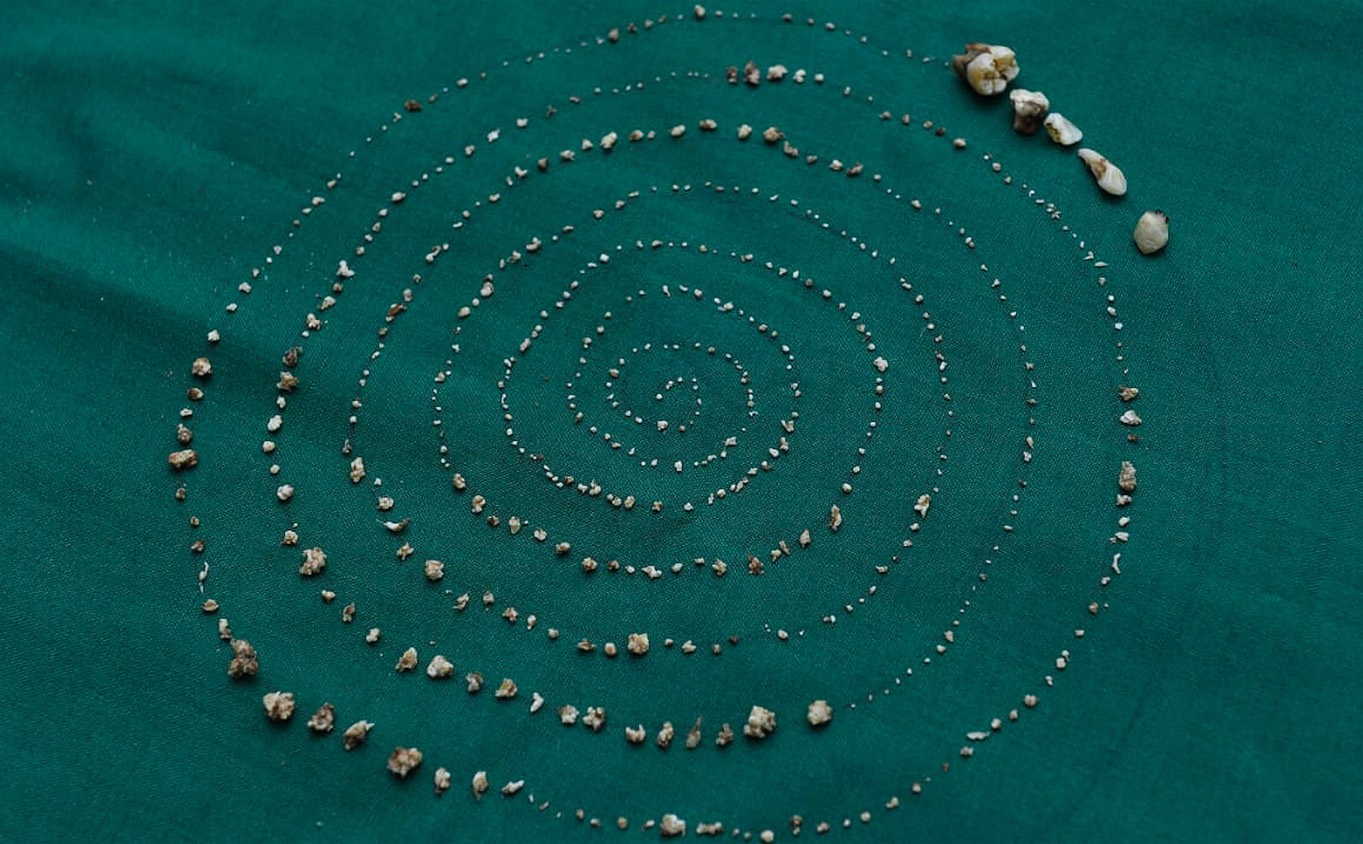Doctors Remove 526 Teeth from Boy's Cheek. How'd They Get There?

Doctors removed 526 teeth from the right cheek of a 7-year-old boy in Chennai, India, according to a Times of India report. Doctors who performed the surgery suggested that radiation from mobile towers might have been the cause, but there's reason to be skeptical.
The extra teeth were growing in a sort of sack embedded in the boy's jawbone. They were all a half-inch or smaller (0.1 to 15 millimeters) in size, according to the Times, and had crowns, roots and enamel coatings, just like normal teeth.
The boy's parents first noticed something was wrong when that region of his cheek began to swell painfully, according to the Times. As the swelling got worse, they took him to a series of doctors but got no answer, until the physicians at Saveetha Dental College imaged the boy's face and found the tiny teeth. [10 Do's and Don'ts to Reduce Your Risk of Cancer]
The boy's condition is called a "compound composite odontoma," according to the Times. A 2014 paper in the journal Case Reports in Dentistry described compound composite odontomas as relatively common, benign, slow-growing tumors that are usually detected in dental X-rays long before they cause any symptoms, and they are usually removed without incident.
The doctors cited in the Times of India story said this boy's case involved more embedded teeth than they were aware of in any other reports. However, the only lasting effect in this case should be some missing molars that can be artificially replaced as the boy gets older, the doctors said.
Those doctors cited genetics and radiation from cell towers as likely causes of the boy's symptoms. The American Cancer Society (ACS) says that while little research has focused on the health effects of cell towers, the structures are likely far too low energy to cause any significant uptick in radiation exposure. In addition, the ACS points out, the radio waves that come from cell towers have relatively huge wavelengths, up to an inch (2.5 centimeters) long — too wide to easily mess with the microstructures of cells. Shorter-wavelength forms of radiation, like ultraviolet rays from the sun, which are narrow enough to fit inside cells, pose a much more significant threat.
- The 27 Oddest Medical Case Reports
- 5 Dangerous Vaccination Myths
- 7 Odd Things That Raise Your Risk of Cancer (and 1 That Doesn't)
Originally published on Live Science.
Get the world’s most fascinating discoveries delivered straight to your inbox.



